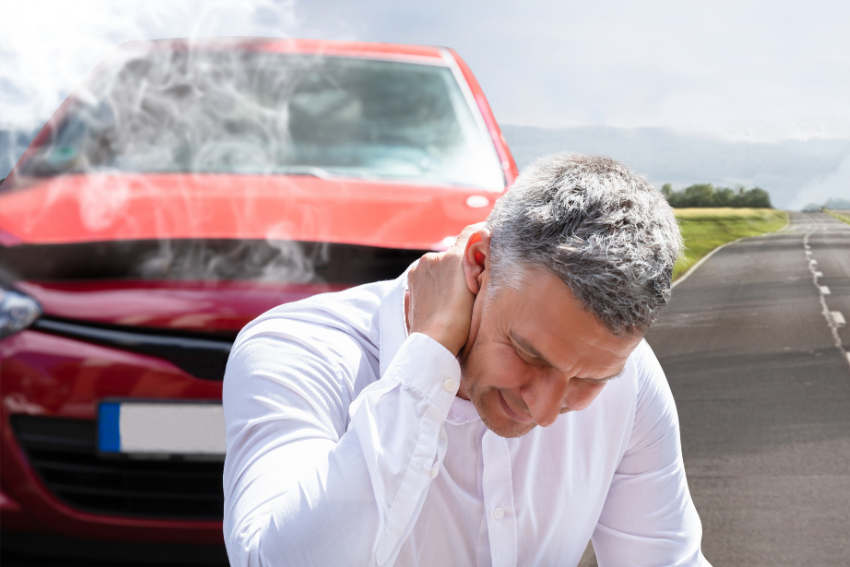Kinesiology – Finding and fixing your body’s intolerances
By Zoe Ross
Many years ago I visited an Osteopath presenting with acute shoulder pain. I was struggling to sleep as laying on my side caused much discomfort, I was taking painkillers which was unheard of for me and my range of movement became impacted. At aged 26 this was such a shock to me, I had always been active and flexible and bar neck pain on the odd occasion I had never experienced pain like it.
The hugely knowledgeable and experienced Practitioner I used an array of techniques and tools to release muscular tension throughout my upper body.
Each time he would take the time to listen to how I had progressed and where I was on my pain journey.
I would get almost immediate relief from the massage, osteopathic adjustments, acupuncture or ultrasound but within days, sometimes a couple of weeks, I tended to revert back.
At one of these appointments the practitioner decided to give me Kinesiology. This is a gentle, non invasive technique that uses muscle testing to gain an insight into the bodies imbalances. These can be caused by physical imbalances or mental/emotional ones.
Muscle testing itself is a hard thing to get your head around, if you’ve never had it done insure you are seeing a qualified practitioner. I can understand why people doubt it, perhaps regarding it as ‘too alternative’ but done right it can be hugely effective at addressing unconscious stresses in our body system.
So, back to my experience…. Lots of test tube labelled with common everyday food types, medicines, supplements etc were selected and I held onto them as my muscles were tested to see if they stayed strong or went ‘weak’ when the practitioner applied any pressure.
It blew my mind! There is no cheating these muscle tests, you try with all your might to keep your arm rigid and locked but if your body indicates an imbalance or intolerance to the specific thing you are holding you cannot control it and the arm ( in this instance ) would go wobbly.
For me personally the outcome was rather surprising as the practitioner strongly suggested I was allergic to the contraceptive pill. I had already contemplated whether it was something I needed to be on, and with some thought I opted to stop taking it. For me it was an easy decision, I was willing to try anything.
Within two weeks, the pain in my shoulder had completely disappeared. 14 years on I can gladly say it has not returned. I still see Osteopath’s, Massage therapists, Acupuncturist’s and Craniosacral therapists because those treatments benefit me physically and emotionally now-especially from wear and tear of doing a physical job. Plus I LOVE complementary therapies.
In more recent years the use of Kinesiology has also helped me understand a little about my digestive system and some food types that I should avoid too much of.
Simply put it can be a wondrous treatment.
The said Practitioner who helped me all those years back has recently joined us at The Claygate Clinic, Dr Michael Burt has over 50 years of experience. I personally will be forever grateful to him for opening my eyes to Kinesiology. He is a qualified Osteopath, Naturopath, Acupuncturist and Homeopath to name just a few of his certifications.
We are lucky enough to have three Practitioners who use Kinesiology within their treatments.
If you’re struggling with gastrointestinal issues, intolerances, skin conditions, or pain and discomfort that has been previously hard to treat it might be worth booking in.
1 hour Kinesiology £60.
Call 01372 464659
http://cloudgos.com
http://baixevault.com
http://baixemtcrack.com
http://baixefiles.com
http://baixecrack.com
Baixar Grand Theft Auto V PC Crackeado






